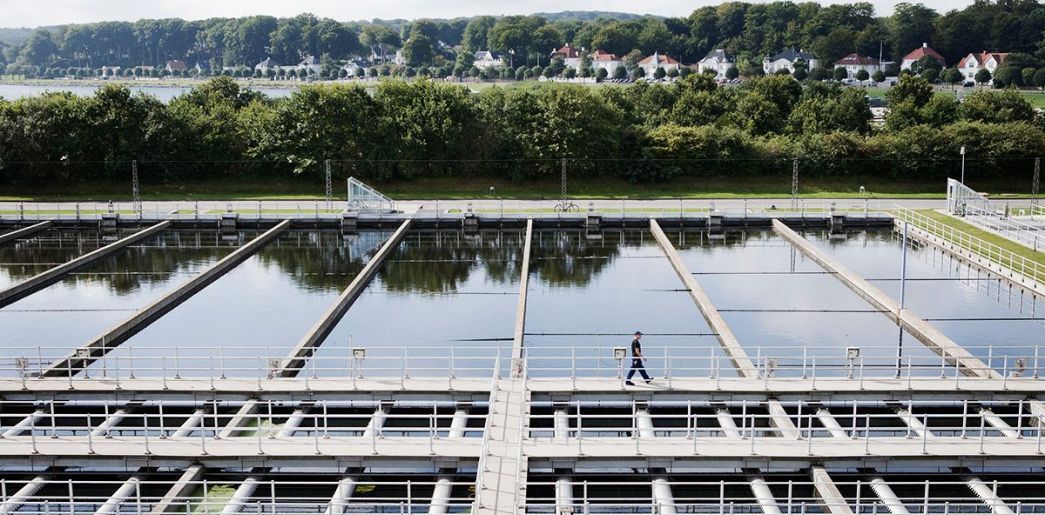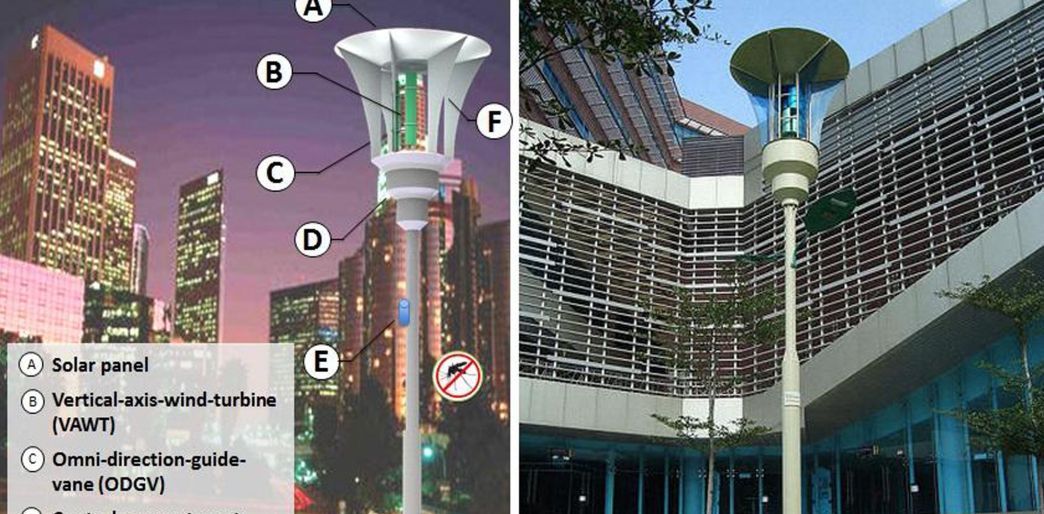AÑO
2017
CATEGORÍA
Comunidad
OBJETIVOS
Energía asequible y no contaminante
PAL. CLAVE
waste management
PAÍS
Denmark
CRÉDITOS
Danfoss
LINK
http://www.aarhusvand.dk/en/international/solutions2/marselisborg-wwtp---turning-wastewater-into-green-energy2/
Marselisborg Wastewater Treatment Plant
Wastewater Treatment Plant has been transformed from an energy consumer to an energy producing plant
The Marselisborg Wastewater Treatment Plant expects to generate more than 192% of the energy it needs to run the plant, which supplies fresh water to 200,000 nearby residents. The excess electricity will be used to power water pumps to distribute the clean water and, if there is any electricity left, it will be funneled back into the utility grid. The water treatment facility’s approach to turning sewage into usable electricity centers around biogas. Wastewater and sewage are processed in digesters filled with bacteria, which breaks down the organic materials. Kept at a steady 100.4°F (38°C), the waste produces biogas (mostly methane, although some other gases are also present) that is burned to generate both electricity and heat. While this process is used at many wastewater treatment plants as a means to burn off harmful greenhouse gas emissions, none have attempted to harness that electricity for reuse on such a scale until now.



